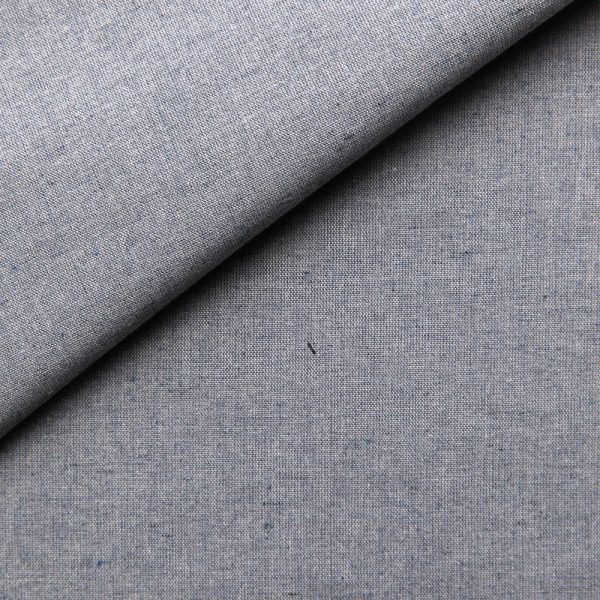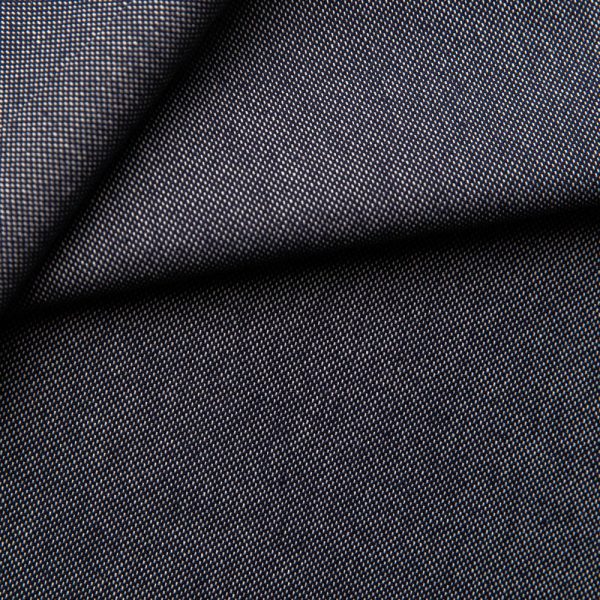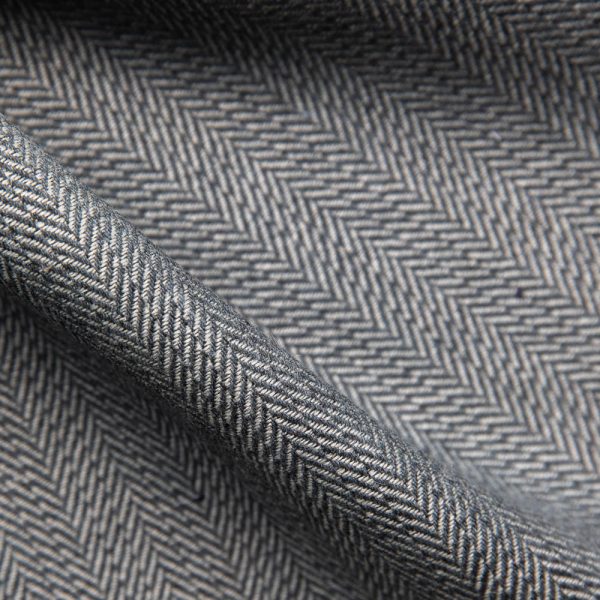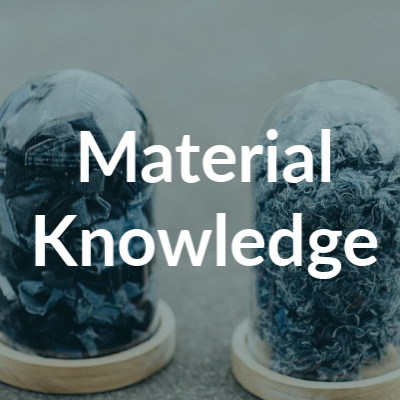
How is recycled cotton made?
History of cotton
European explorers discovered the cotton plant in the Americas and took the plants with them, after which they were introduced to Africa and India. Today, cotton is produced in all tropical and subtropical regions of the world.
Cotton is made from seed lint from the cotton plant. The crop is very valuable because it only loses about 10 percent of its raw weight when processing the product. The cotton ball, which resembles cotton wool, is cleaned and combed into fibers; the fibers are spun into threads and then further processed. The length of the fiber largely determines the quality of the cotton fabric. Finer yarns can be spun from longer fibers.
Cotton is a strong fiber. Durable, airy and breathable and has the ability to absorb a lot of moisture. It is resistant to light, sun, moisture and air.

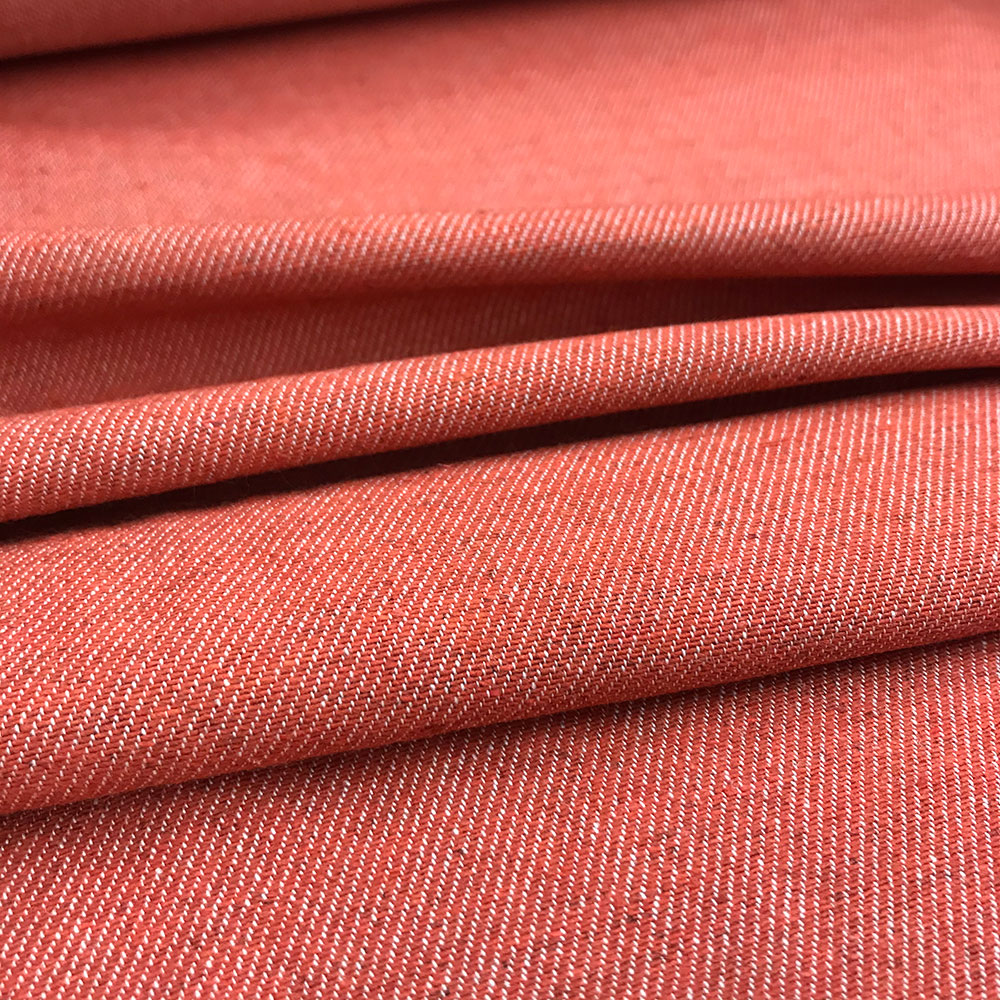
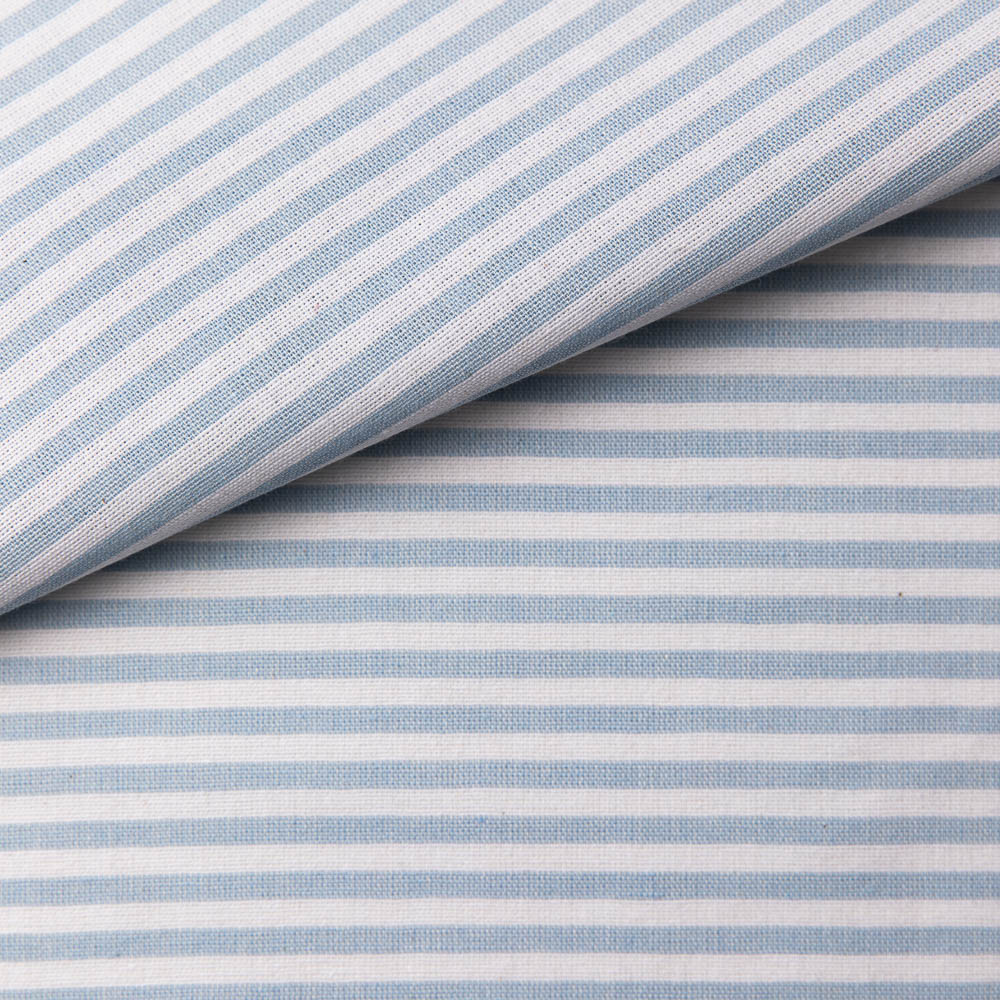
The production of recycled cotton
As you may have read, the cotton production process is not very environmentally friendly. Many pesticides are used to grow the crop and a lot of water is needed for production. Fortunately, the textile world is not standing still and sustainability is becoming more and more important.
An improvement on the standard cotton is organic cotton. This type of cotton is grown without chemicals and with clean, organic fertilizer. The cotton is then picked by hand because no harmful defoliants may be used.
In addition to this improvement, you can recycle cotton well mechanically and there are even possibilities to chemically recycle cotton where you can turn recycled cotton into a yarn that has the same properties like new cotton.
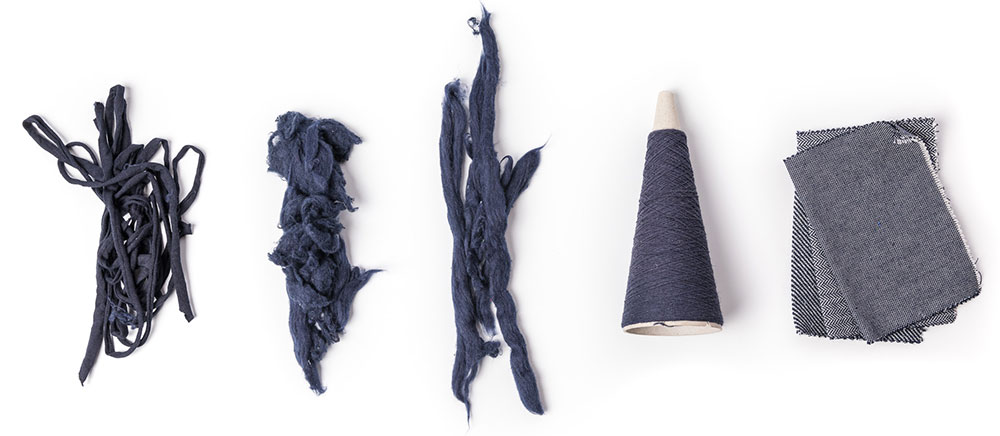
Sustainable fabrics from recycled cotton
At our weaving mill Enschede Textielstad we work a lot with recycled cotton. Above you see the production process of recycled cotton shown step by step. Cotton recycling works as followed:
- Post-production waste and/ or post-consumer waste is collected and sorted by colour. The precision with which this step is executed makes it possible to produce bright coloured yarns without having to dye them again.
- The waste fabrics get cut into strips and inserted into the fiberizing machine. The fabric scrap strips get combed until only fibres remain.
- These fibres are mixed with organic cotton fibres to maintain the quality.
- Then the fibres get twisted. By twisting the fibres under tension, the yarn is being produced.
Below you can see a number of fabrics from the recycled cotton that we make in our weaving mill:



